Malaysia, a constitutional monarchy in Southeast Asia, comprises three federal territories and thirteen states. The south China Sea divides it into Borneo east Malaysia and peninsula Malaysia. With Kuala Lumpur as its capital, Malaysia attracts millions of visitors annually, offering diverse cultures to explore. The country’s varied landscape features significant geological formations, including the Pagalayan canal, Perlis River, Golok River, and the strategic Strait of Malacca. The eastern part, home to the Kinabalu mountain, boasts UNESCO world heritage sites. Malaysia is also known for its dangerous animals, hosting around 20% of the world’s species. Whether you’re drawn to urban life or natural beauty, Malaysia offers a wealth of experiences to discover.
Table of Contents
Why visit Malaysia?
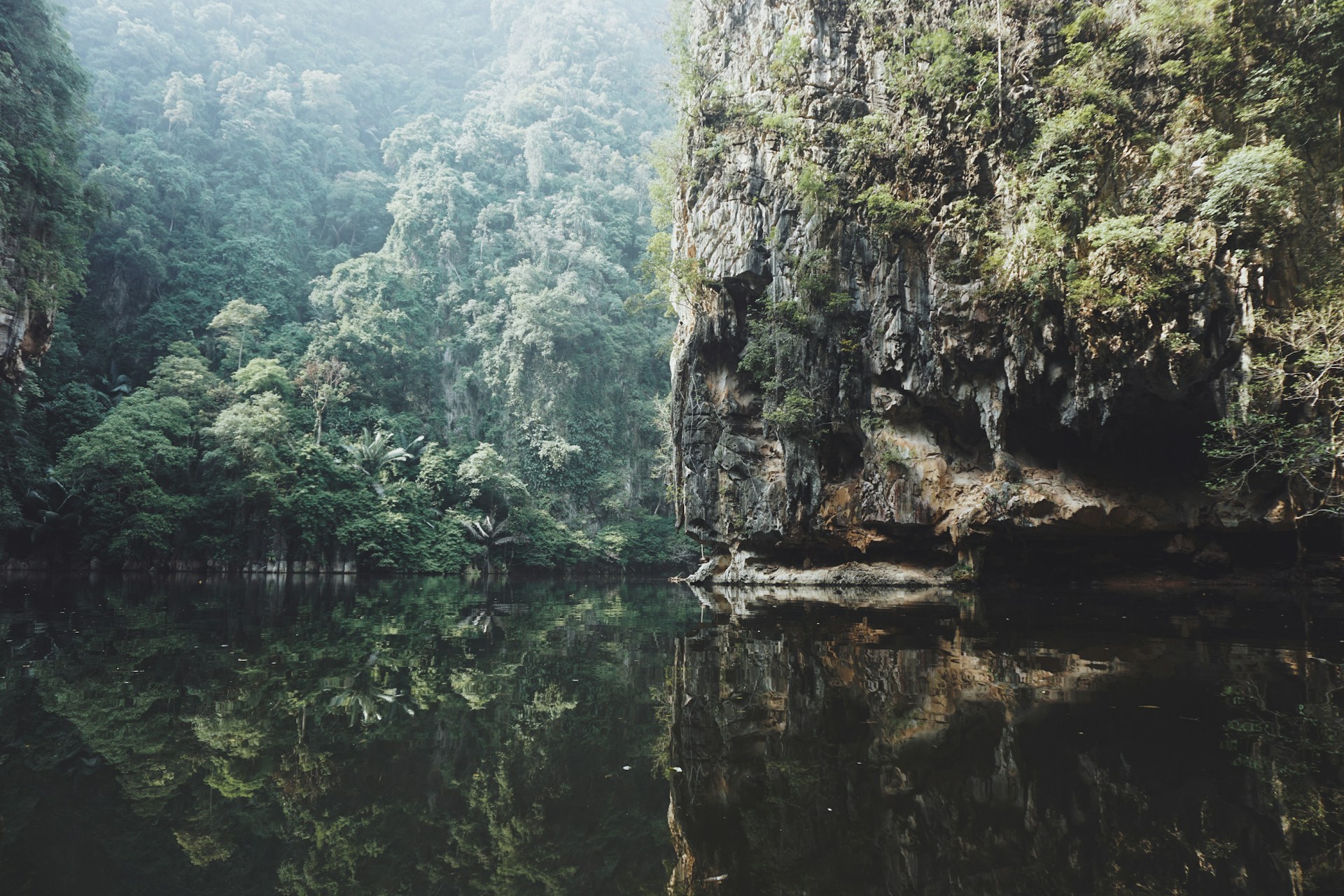
Malaysia stands as a captivating destination offering some of the most unforgettable holidays on the planet, thanks to its incredible diversity. From mountainous landscapes to coastal areas, the country’s terrain is truly remarkable. Take the opportunity to explore the unique biosystem that distinguishes Malaysia and discover some of the world’s most enchanting locations. Before embarking on your journey, familiarize yourself with the diverse creatures that inhabit this region. The country’s climatic conditions create an environment where endemic creatures thrive, making it essential to delve into the exploration of this captivating destination.
As you plan your visit to Malaysia, it’s crucial to be aware of the potentially dangerous animals that inhabit the region. The country’s rich biodiversity is home to various creatures that may pose risks to travelers. Being informed about these animals enhances your safety and ensures a more enjoyable experience. Take note of the following dangerous animals that you might encounter during your visit to Malaysia.
Mangrove Pit Viper
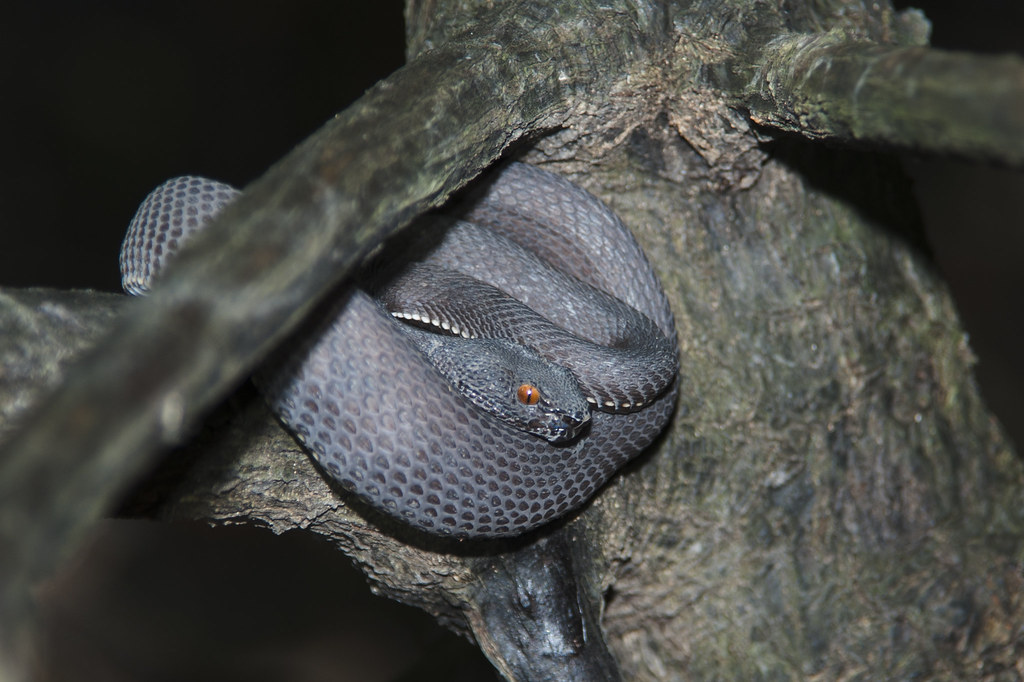
The mangrove pit viper, one of Malaysia’s most venomous creatures, poses a threat to those exploring the country’s dense forests. Found in various colors such as violet-brown, black, brown, and red, with patches of green, these snakes can grow up to one meter in length. Known for their temperamental nature, these vipers have fangs that deliver dangerous venom when provoked. With a diet ranging from rodents to rabbits, encountering them in dense forests requires caution, as they prefer not to be disturbed.
Malayan Tiger
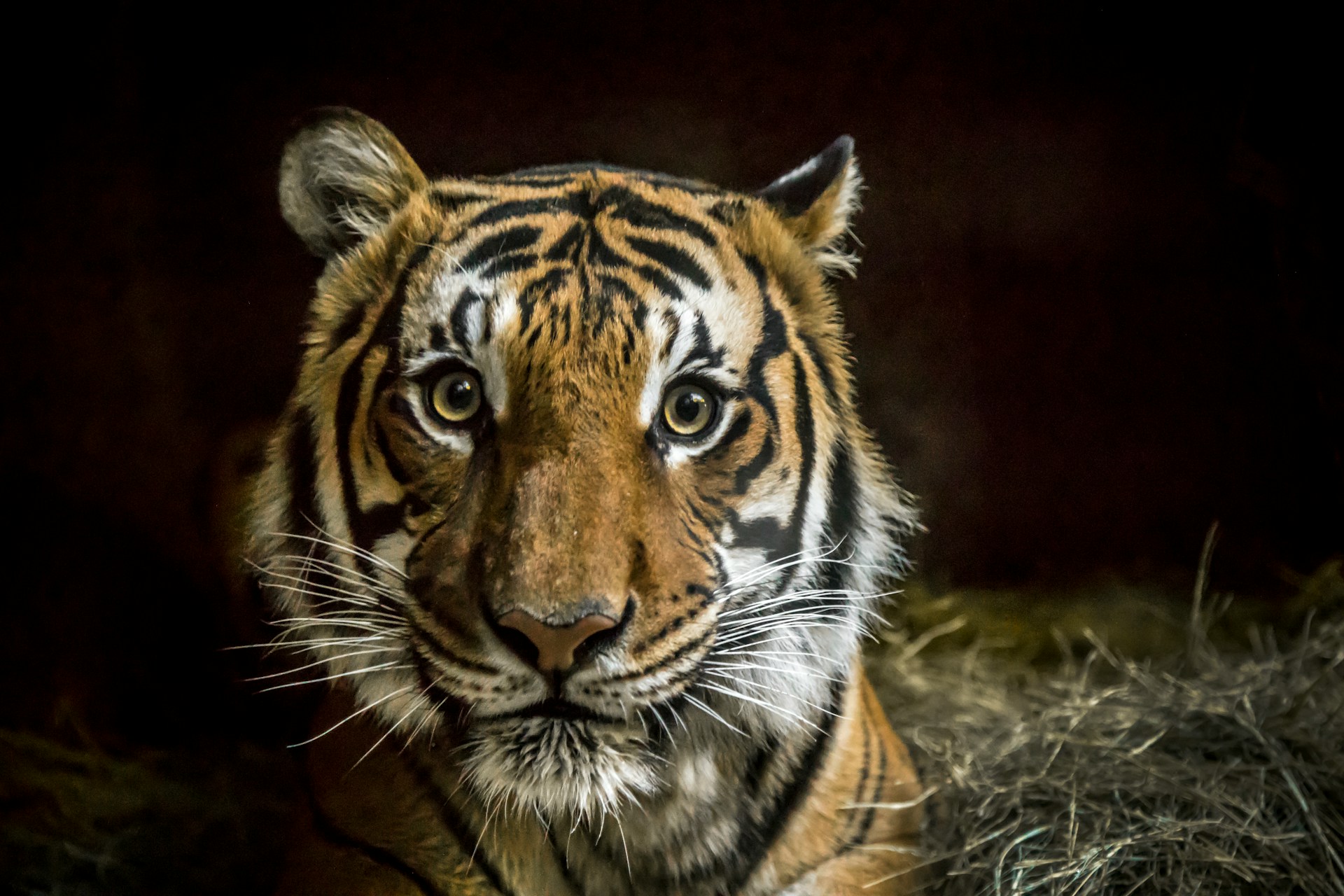
The Malayan tiger, an iconic yet critically endangered species in Malaysia, demands careful attention when navigating the country’s dense forests, lands, and water bodies. A subspecies found in the Indochina region, their numbers have dwindled due to human activities like deforestation and poaching. Growing up to 8 feet long with sharp teeth and claws, these defensive creatures may attack if provoked. Caution is advised, and maintaining a safe distance is crucial when encountering these majestic creatures.
Reticulated Python

The reticulated python, a non-venomous but highly dangerous snake in Malaysia, relies on constriction to kill its prey. With a length of up to 6 meters and a weight of 300 pounds, these snakes are formidable predators. Their markings, often yellow and black, provide camouflage in dense forests, especially in Sumatran rainforests and waterways in Malaysia. Identifying their locations and avoiding interference is paramount, given their lethal technique of constricting prey.
Mosquito

Despite its small size, the mosquito poses a significant threat in Malaysia, particularly due to the diseases it carries. The female mosquito, prevalent in dense forests and wetlands, is a carrier of malaria, a potentially fatal disease. Additionally, male mosquitoes can spread diseases like Zika, dengue, and Nile fever. Precautions, such as using bug spray and avoiding highly infested areas, are essential when exploring different regions of Malaysia.
Sumatran Cobra
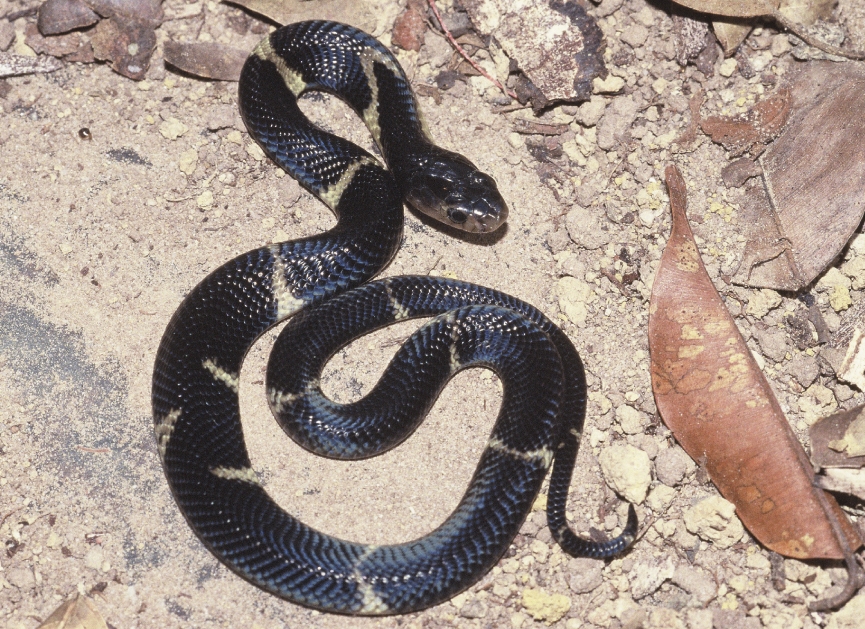
The Sumatran cobra, though not endemic to Malaysia, is one of the most dangerous snakes in the region. Found in Southeast Asia, it comes in various sizes, ranging from 1 to 2 meters. Recognizable by its pale color and narrow black bars on the hood and head, the Sumatran cobra is highly venomous. Caution is crucial when navigating habitats like jungles, forests, and urban gardens, as these snakes can deliver a potent venom that can be fatal.
Black Leopard (Panther)
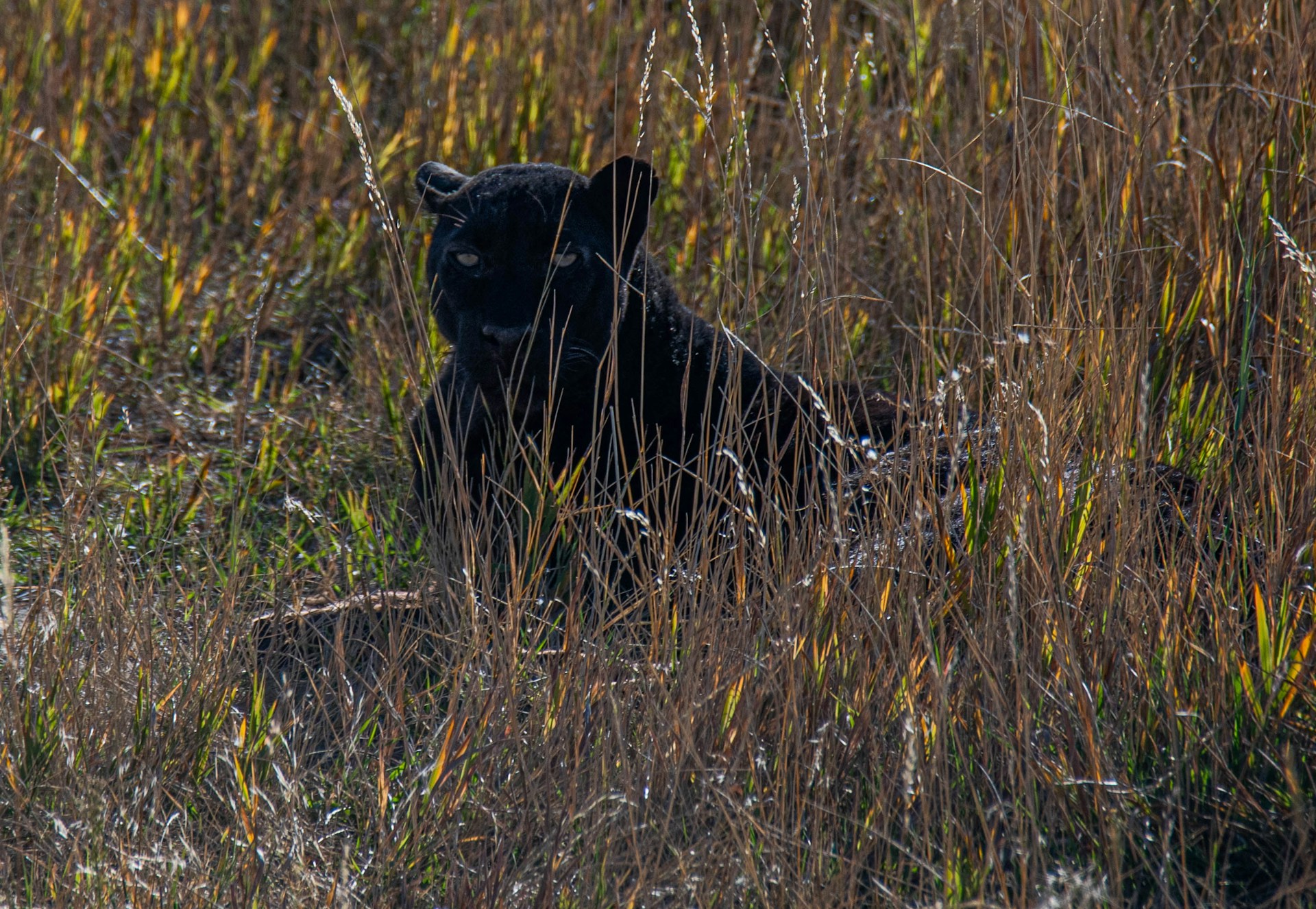
Encountering the black leopard, commonly known as the panther, during your trip to Malaysia poses a considerable risk. Despite their solitary nature, these creatures are territorial and can be dangerous if their habitat is disturbed. With stealthy movements, sharp claws, and formidable teeth, black leopards can cause significant harm. Maintaining a safe distance is crucial, as these carnivorous creatures may attack without provocation. Panthers feed on a variety of prey, including antelopes, reptiles, and other mammals. Due to illegal hunting for their skin and body parts, they have become increasingly dangerous, emphasizing the importance of prioritizing safety when traversing different regions of the country.
Saltwater Crocodiles

The saltwater crocodile stands out as one of the most perilous creatures in Malaysia. With powerful muscles and sharp teeth used for attacking and killing prey, these crocodiles can cause severe injuries and even death. Growing up to 6 meters in length and weighing up to 3000 pounds, these ruthless creatures demand vigilance during exploration. It is crucial to stay in safe areas and maintain a safe distance from saltwater crocodiles to prevent potential attacks. Despite the name, these crocodiles in Malaysia can also venture into freshwater, expanding their territory. They prey on a diverse range of creatures, including birds, livestock, and amphibians.
Long-Tailed Macaque

The long-tailed macaque, a unique creature found in Southeast Asia and Malaysia, may appear charming with its beautiful colors, but it poses a significant danger. Typically residing in dense forests, these monkeys, particularly the males, are known to attack people without provocation. When traversing different parts of the country, caution is essential, as these monkeys often move in large groups and may steal items in your presence. Their tendency to approach people during photography or park visits requires staying vigilant. Additionally, long-tailed macaques carry various bacteria and viruses that can lead to severe infections and, if not addressed promptly by a physician, may result in death. Always prioritize your safety when in their proximity.
_________________
Check out the dangerous animals from the neighboring countries:


